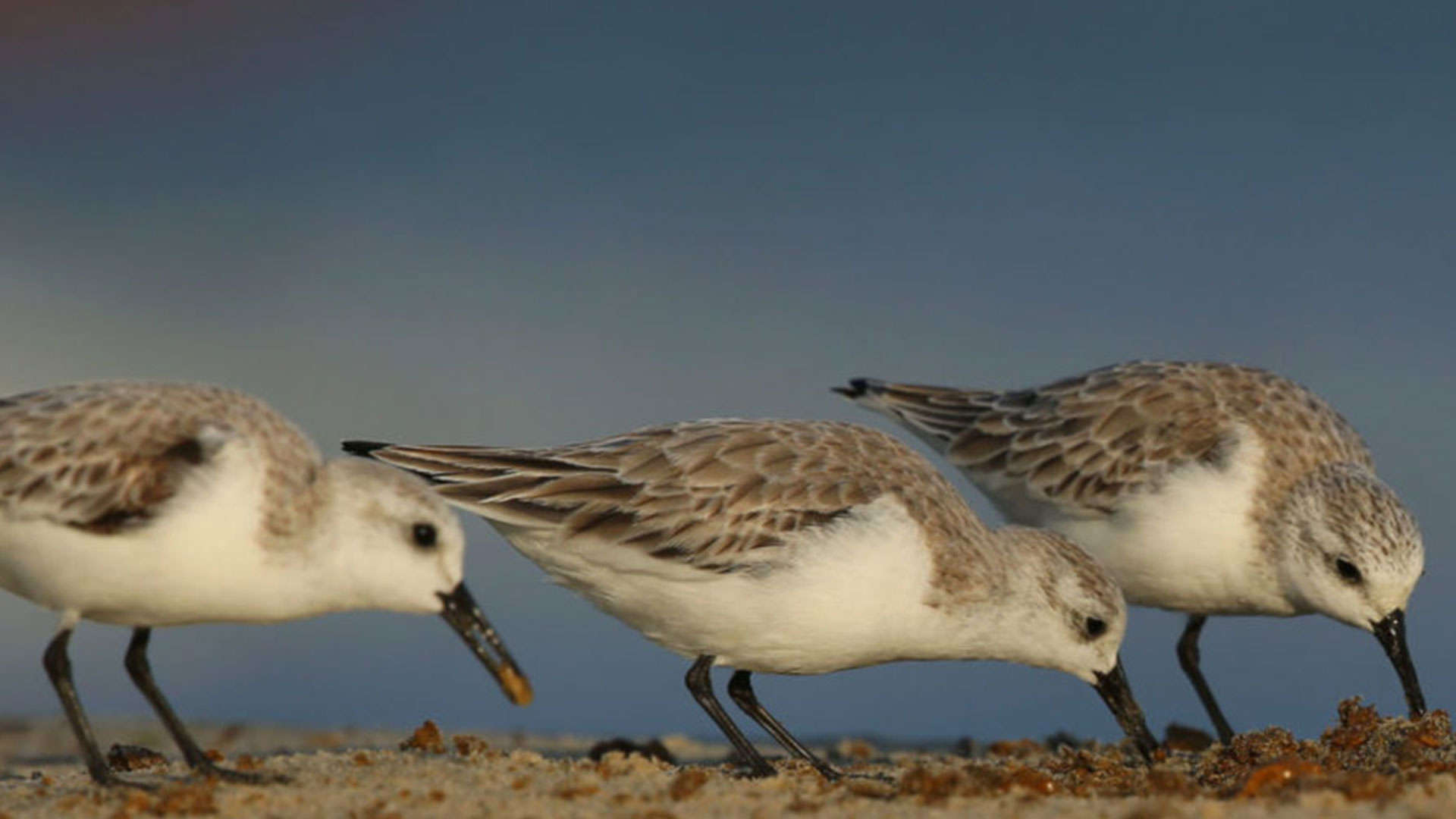
Let the migratory birds fly unfettered
-
Asian Waterbird Census
The World Migratory Birds Day is a reminder of the pivotal role of migratory birds in maintenance of global ecosystems.
The South Asia region lies within the crucial Central Asian Flyway (CAF), a migratory route used by waterbirds that covers a large continental area of Eurasia between the Arctic and Indian Ocean and the associated island chains and spans over 30 countries. The CAF covers at least 279 populations of 182 migratory waterbird species, including 29 globally threatened and near-threatened species, which breed, migrate and spend the northern winter within the region.
The numerous inland and coastal wetlands annually play host to these birds on their long journeys and act as their non-breeding grounds. These ecosystems act as a wide network of nodes that get connected by the flight of these migratory birds, providing them with food and conducive habitat to rest. Migratory waterbirds are often considered as ideal indicators of ecological health of wetlands and contribute ecologically, culturally as well as economically to their host countries.
Unfortunately, these wetlands are facing constant degradation and threat owing to increasing human interference, perilously affecting these birds. Over the years, it has led to constantly declining numbers of reported migratory species that are sighted annually. Most of the species in the Central Asian Flyway Region have a declining population trend.
Wetlands International South Asia accords high priority to conservation of wetlands and wetland dependent species. We have been coordinating the Asian Waterbird Census in India, along with Bombay Natural History Society since 1987, providing vital census estimates from over 1400 sites from an active citizen science network. Read our 10 year India census synthesis released at the 13th Meeting of the Conference of Parties to the Convention on Migratory Species.
We have been working with the Indian Ministry of Environment, Forest and Climate Change to enhance effectiveness of policies and programmes for wetlands conservation nationally. Our work on improving management of Ramsar sites is focused on putting in place effective arrangements for conservation and wise use of these vital biodiversity networks.
We look forward to continued association with our partners and stakeholders to ensure that our winged friends continue their journey uninterrupted and our wetlands are maintained in good health.
Photo: Sudheera Bandara
